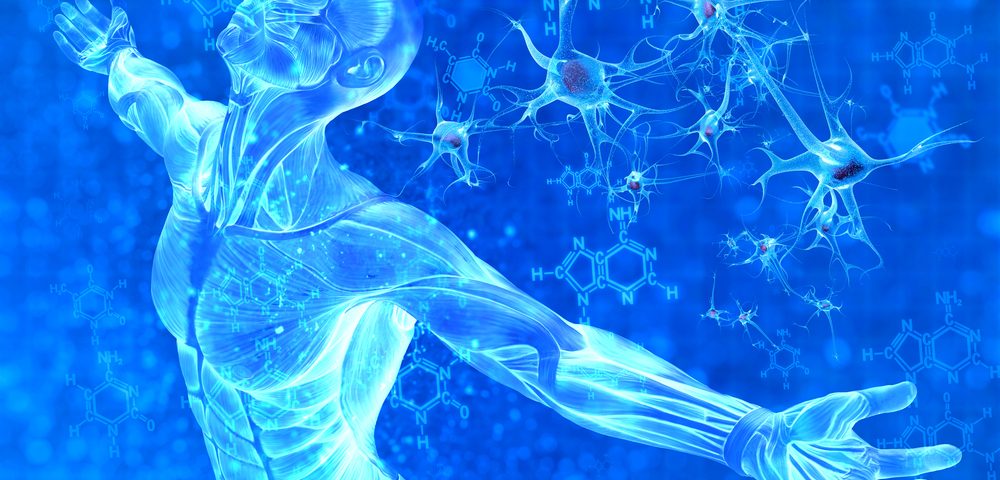
The idea of utilizing stem cells to repair and restore the human body has been a subject of public attention since the early 1990s. However, most of this attention has been focused on diseases like Alzheimer’s, Parkinson’s and heart disease – not on the far more common condition of chronic pain. But that’s beginning to change, and researchers are discovering the exciting possibilities that stem cells could offer for the treatment of various pain conditions – especially back pain.
An Introduction to Stem Cells
Stem cells, in a word, are “undifferentiated.” That means that unlike other cells in the body, they have the potential to develop into a wide variety of other cells. They also carry with them the ability to repair and restore internal systems. So, in theory, it’s possible for stem cells to help repair tissues, muscles, blood, bones, and organs, aiding growth and possibly even replacing missing pieces.
Stem cells can be gathered from several locations, including but not limited to bone marrow and adipose (or fat). When it comes to pain management, the most studied and most well-suited type appears to be that gathered from stem cell-rich bone marrow. For the purposes of pain management, these bone marrow cells are most commonly collected from the back of the pelvis. Once they’re collected, they may be conditioned in various ways, like centrifuging, which separates and concentrates the stem cells to make them as potent as possible. They’re then injected at the site of the injury, with the hope of helping the affected tissue or system regenerate and repair itself.
Using Stem Cells for Pain Management
Due to stem cells’ ability to restore and regenerate, their application toward pain management is a logical step. In particular, stems cells are an exciting treatment solution for conditions such as degenerative disc disease and disc herniation. Disc degeneration, which can occur due to aging or injury, causes the discs to weaken and tear, meaning they no longer provided the needed support for the spine. This can result in herniation (a rupture of the disc, which then presses painfully against spinal nerves).
The current methods for treating degenerative diseases like disc degeneration have their drawbacks: Opioids pose many dangers and side effects and invasive surgery permanently changes the body’s natural structure (sometimes unsuccessfully). Even interventional procedures like injections, which can be extremely beneficial for many patients, don’t affect change on a cellular level or help the body begin to repair itself.
Not only do stem cells work to reduce the pain and inflammation associated with these conditions, but they also work to repair and regenerate the damaged regions. So far, research into the application of stem cells for back pain has been extremely positive. The existing studies indicate that stem cells can indeed minimize degeneration and start to regenerate disc tissue.













